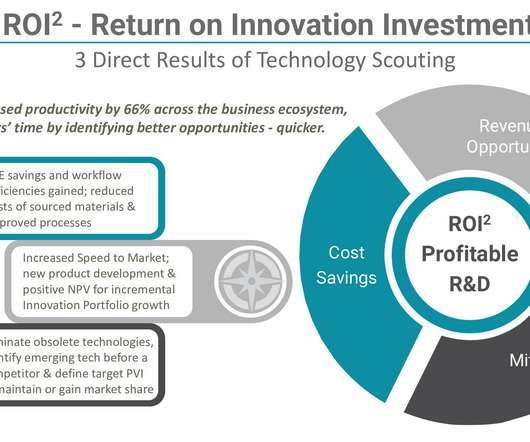Mystical guidelines for creating great user experiences
Boxes and Arrows
MARCH 3, 2015
The four realms are traditionally referred to by Hebrew terms, so to make things easier I’ll refer to them using a designer’s day-to-day terms– ideation , design , implementation , and operation. The realm of ideation. User feedback/surveys. Hang in there, you’ll shortly see what this means. Card sorting.



















Let's personalize your content